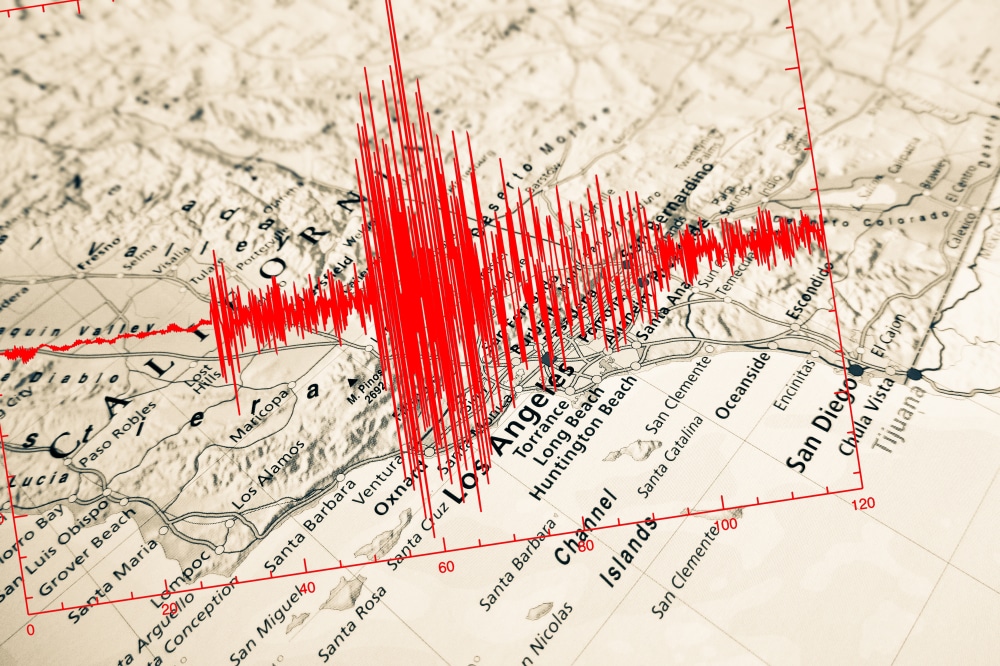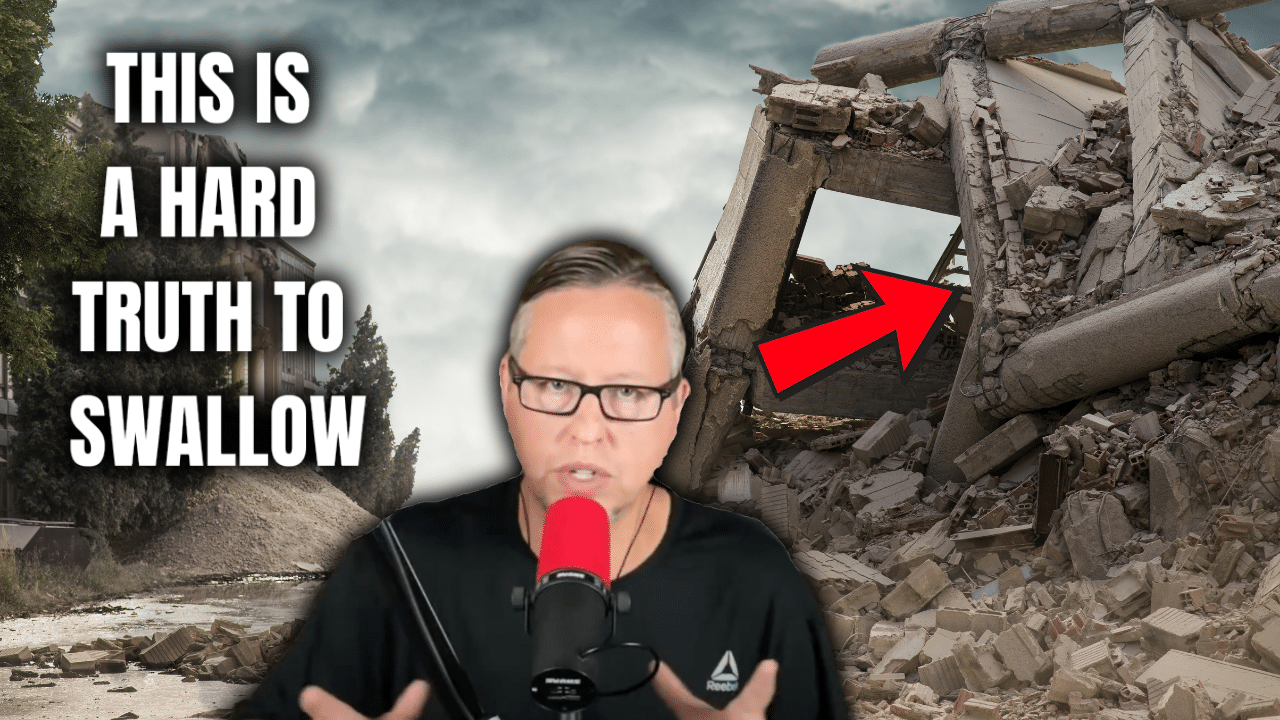Living in Southern California, it may frequently cross your mind: when will the next big earthquake hit?
“We’re afraid of earthquakes because they’re sudden, we can’t predict them, you don’t see them coming,” seismologist Lucy Jones told Eyewitness News.
Jones is the first to acknowledge common fears of injury or earthquake-related deaths, like those seen in the 1994 Northridge quake.
But should that still be top of mind 30 years later? Maybe not, she said.
“The earthquake is inevitable. The disaster is not,” she said.
She does, however, point to one specific risk she says could impact all the Los Angeles metro area – a big quake along the San Andreas Fault.
“Water’s potentially our worst problem and every one of the aqueducts that bring water into the Southern California area across the San Andreas Fault, and will be broken when that earthquake happens,” Jone said.
Comprehensive solutions to fully strengthen the piping network crossing the San Andreas would help, but for now, she warns we’re looking at a crippling repair timeline that would likely become life-altering for millions of people.
“We won’t have any external water for a minimum of six months,” Jones said.
Consider that impact – widespread fires after the quake with no water to fight them, businesses unable to operate. Clean water to drink and bathing would also be an issue.
If the big quake happened tomorrow, she said FEMA has plans to mitigate the impact. But to what extent? It might not be an issue of survival, but immense stress and depression.
“You don’t have water in the tap, you now need to go and stand in line for hours every day to get the water your family needs,” Jones said.
“What’s life like when you can’t shower? We can do it, but we aren’t going to want to.”
Why is this all so concerning? Jones believes, based on scientific studies, it’s a likely earthquake to occur.
The last major quake on the San Andreas was more than 165 years ago.








